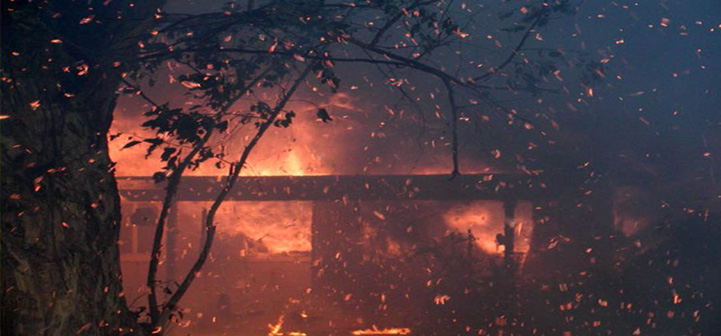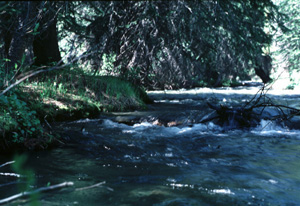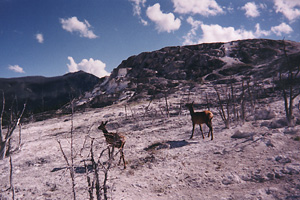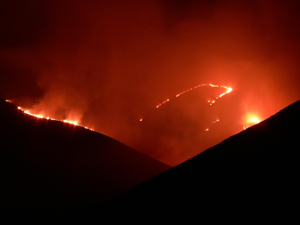Article Written by:
Stephen L. Quarles, Senior Scientist, Insurance Institute for Business & Home Safety, Richburg, SC
Oil-based penetrating stains are often recommended as one of a number of maintenance procedures to extend the useful life of a wood deck. Stains can reduce the amount of water taken up by the wood when wetted, the associated changes in dimension, and the amount of erosion that can result from exposure to sun, rain and wind. Stains can also contain a fungicide …




